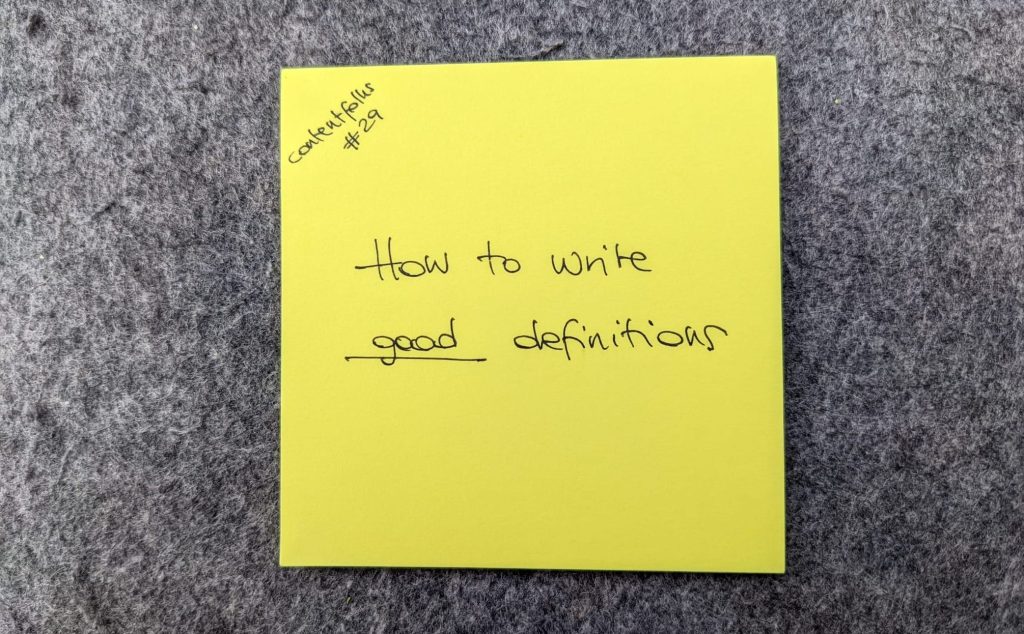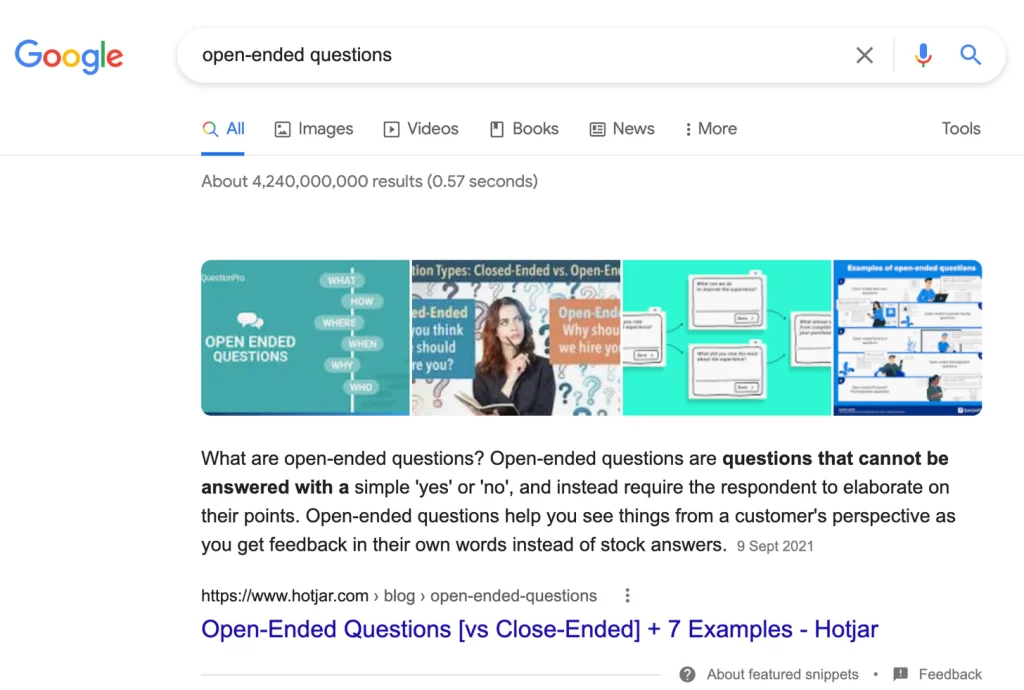
Welcome to contentfolks—a fortnightly newsletter with short lessons & ideas about content that makes a difference, sparks action, and truly serves its audience. Thank you for being here!
Hey 👋
Last week I read an article from the lexicographers at Merriam Webster, who added 455 new definitions to their dictionary in October. For example, one of them was oobleck: “a mixture of corn starch and water that behaves like a liquid when at rest and like a solid when pressure is applied.” Sounds fun!
The article made me think of how lexicographers are not the only ones who define things for a living: for content marketers, that’s kind of our job, too.
You are a lexicographer and you may not even know it
If you work in content marketing, I guarantee you are wearing a lexicographer’s hat without realising it. Every time you:
- Write or edit a “What is an [x]?” paragraph in a blog post or guide
- Optimise content for a featured snippet
- Summarise what a piece of product functionality is and does
- Clarify a technical concept to a non-technical audience
- Talk about a new project or feature
- Describe what your company is about
- etc.
you are likely using one or more definitions to get your message across.
The problem with definitions is that writing a good one is extremely hard. You need to be both surgically precise and extremely concise + know how to distil a concept to its essence without introducing new terms + keep everything clear and accessible + be original enough to avoid plagiarism… and ideally do all of the above in 20 words or less.
One thing that helps me write the first draft of a definition is this framework:
[term] is a ___ that ___.
- Start from the term (word or phrase) you need to define
- Name the class of object/concept the term belongs to
- Add a defining characteristic or function that makes the term different from others in the same class
For example: oobleck (term) is a mixture of corn starch and water (class) that behaves like a liquid when at rest and like a solid when pressure is applied (defining characteristic).
💡 A practical example 💡
If you ask Google what an open-ended question is, you might see the following featured snippet definition:

Who wrote that? Yours truly, back in 2018 😉
It’s one of the hundreds of definitions I worked on during my Hotjar tenure.
Note how it follows the term → class → defining characteristic/function structure: “open-ended questions (term) are questions (class) that cannot be answered with a simple ‘yes’ or ‘no’, and instead require the respondent to elaborate on their points (defining characteristic).”
Other examples I worked on:
- A heatmap (term) is a graphical representation of data (class) where values are depicted by color (defining characteristic). Heatmaps help marketers visualise how visitors interact with individual website pages (function).
- Usability testing (term) is a method of testing the functionality of a website, app, or other digital product (class) by observing real users as they attempt to complete tasks on it (defining characteristic).
- Hotjar (term/brand) is the behavior analytics software (class) that makes it easy to go beyond traditional web analytics and understand what people are really doing on a website (function).
🔥 pro tip: imagine someone just asked “Alexa, what is [x]?.” Now pretend to be Alexa and read them*** the definition out loud: does it sound like something a voice assistant would say? Is it clear? Is it the right length? Have you introduced words that will also need looking up?
***I swear it helps if you do it in a robotic voice 🤖
Before reading that Merriam Webster article, I’d written hundreds of definitions—but never stopped to consider that knowing how to write a good one is a valuable content marketing skill.
I hope this newsletter inspires you to do the same!, and bonus points if you reply and show me some definitions you’ve worked on 😉
